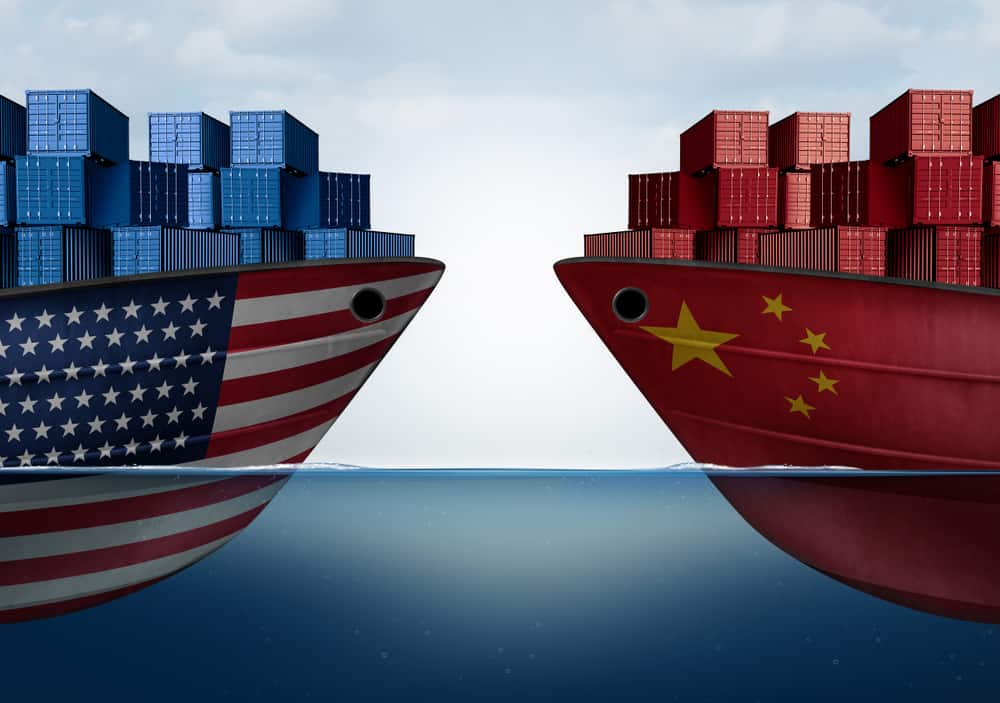It was a shocking wave across many industries when President Trump announced, last year, gradual tariffs for goods coming from China which caught many people off guard.
For the last 15 years, both the U.S. (with lower prices for consumers) and China (with a higher level of employment and technology transfer) benefited from their relationship, even though it is arguable to say that China benefited more. For years, U.S. businesses streamlined their operations and supply chains with China to maximize their profits; a heavy dependency and investment that created big exit barriers for people who wanted to migrate their manufacturing from China to other countries. Even though there is no clear answer if a company should move its manufacturing completely from China, slowly transitioning some products seems to be the best way to manage the risk. Many importers (especially the big ones) have a hard time finding vendors in other countries that can produce products as fast as China – which seems to be the biggest problem right now. Increased demand is one problem and lack of infrastructure is another problem that many developing countries face to keep up with the demand. If this hurdle is overcome by extensive government investment in infrastructure, we will see more companies switching their operations from China to other developing Intra Asia countries.
The chart below, shown in %’s, depicts where China steadily increased the market share in the last couple of years; especially in the last quarter of 2018. In this quarter, China saw a big spike because many importers wanted to beat the tariffs by importing more than the regular amount. As seen in the first quarter of 2019, China’s percentage was down by 7.3% while other countries picked up 17.6% – which means many companies that were effected by the tariffs started switching their sources.

Here are the countries that benefited the most from the U.S.-China Trade war:
- Vietnam: As seen in the chart below, Vietnam has been increasing its share for the last couple of years. The biggest jump occurred in the first quarter of 2019, with volumes increasing by 27.4%. In terms of commodities, Vietnam has been sought for furniture, washing machines, tires, footwear, flooring products, semiconductors, plastics, resin, garments, and handbags. Some products showed an increase of over 200% in terms of demand, which shows that Vietnam was the clear winner of the trade war.
- Korea: Even though Korea is more industrialized and more expensive than other Intra-Asia countries, it is sought for certain high tech products after tariffs on China. As seen in the chart, their increase was as high as 16.2% – second to Vietnam. Electronics, machine parts, refrigerators, semiconductors, batteries, and cars seem to be the biggest exports to the U.S. – where all of these products are high value items that are good substitute to high tech products manufactured in China.
- Thailand: Even though the increase in Thailand’s percentage was 20% in Q1 of 2019, I did place Thailand in third place since Korea exports more containers to the U.S. than Thailand. However, it is unquestionable that Thailand is still a big winner of the trade-war. It was already steadily picking more cargo and foodstuff was one of the main commodities exported to the U.S. Now, low value products like tires, furniture, and flooring items also seem to be coming from Thailand.
- Indonesia & Malaysia: Both of these countries were increasing their share to the U.S. for the last couple of years. Indonesia seems to be leading the number of containers and Malaysia had the highest increase with a percentage of 18.6%.





